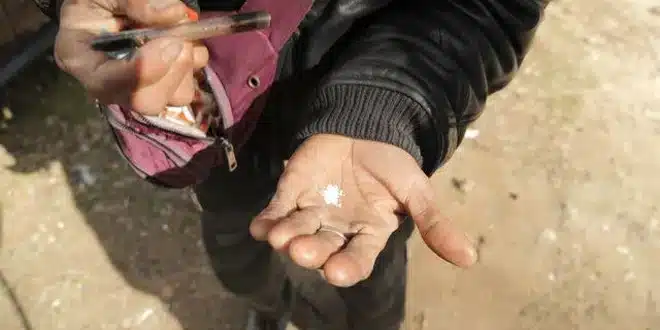Mexico’s public health officials have raised concerns following the discovery of xylazine, an animal tranquilizer, mixed with opioids such as heroin and fentanyl. This issue was highlighted in a recent study that found traces of xylazine in drugs in cities along Mexico’s northwest border with the United States. This situation complicates the already severe drug epidemic plaguing many American cities.
Xylazine, also known as “tranq dope” or “zombie drug,” can diminish the effectiveness of treatments for opioid overdoses, increasing the risk of fatal overdoses and severe skin infections. In tests conducted in the border cities of Tijuana and Mexicali, xylazine was detected in numerous samples of heroin and fentanyl residues.
Clara Fleiz, the study’s lead author from Mexico’s National Institute of Psychiatry, expressed surprise at finding xylazine in the samples, noting that the study initially aimed to identify different drug adulterants.
Additionally, the rising use of fentanyl within Mexico presents another challenge. Despite being a major producer of illicit fentanyl, Mexico faces a critical shortage of medically necessary fentanyl. This shortage affects the country’s ability to provide adequate anesthesia in hospitals. According to Mexico’s National Commission on Mental Health and Addictions, this shortage is part of a global issue, with fentanyl imports into Mexico dropping significantly.
The reduction in medical fentanyl supply has been so drastic that anesthesiologists in Mexico are having to source their own supplies and ration usage. According to the US Department of State’s 2023 International Narcotics Control Strategy Report, approximately 96% of all seized fentanyl originated from Mexico, underlining the complex dynamics of fentanyl production and consumption that impact both Mexico and the United States.


